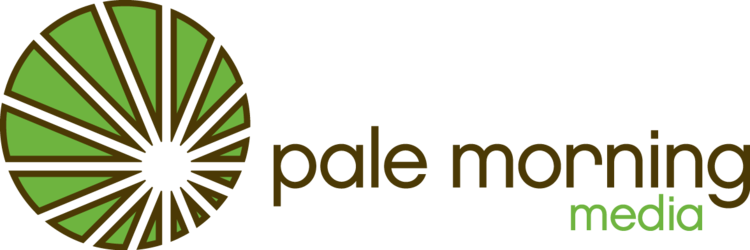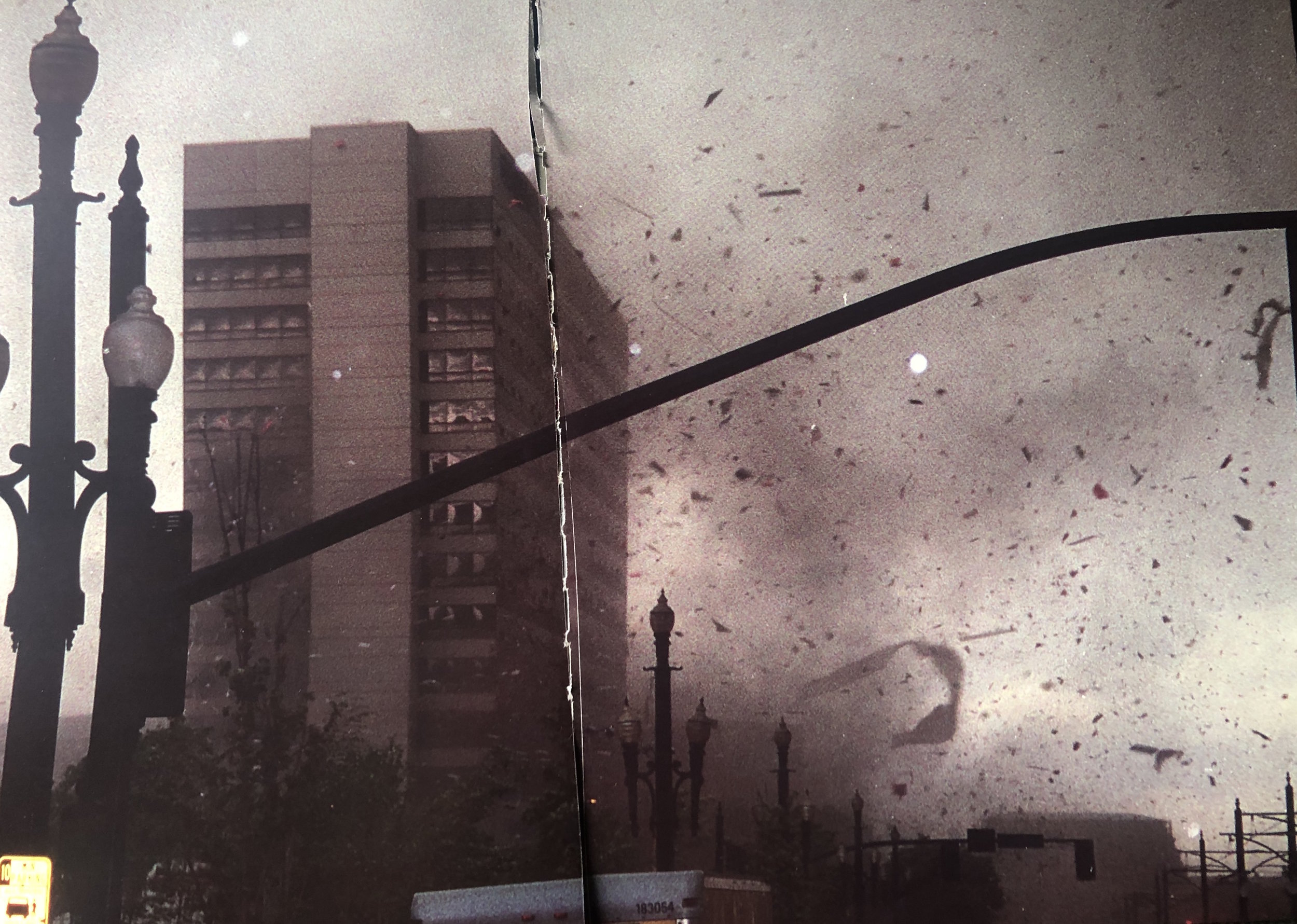For more than a decade in the Mad River Valley, the coming of November has meant more than late autumn leaves and early Snovember flurries. It has meant the arrival of our annual ski movie party -- a tradition of pre-season stoke building for my kids, family and friends.
Scrappy from all angles, the homegrown affair has morphed over the years from a packed garage of lawn chairs and wide eyed toddlers to a dusty local playhouse drawing shred-curious teenagers and various empty nesters.
In the fall of 2020 … while public health concerns are paramount regardless of where you are in the country … a sharp and focused excitement for the coming ski season is literally breaking the Internet. Takeaway? It's time to start talking about how to pull off a ski movie party.
My vision for a safe and shreddy ski movie fest this year has four simple steps. Keep it SUPER small. Do it COMPLETELY outside. Bundle up in MULTIPLE layers. And, in a unique twist, I’ll also be encouraging as many other people as possible to host their own affairs at home (“we can text about it later”).
In a stroke of timely genius, Warren Miller Entertainment, a friend and client of ours since 2017, has shifted the format for their 71st year of a nationally touring ski film festival to a “virtual premier” -- allowing even the smallest of household ski movie parties to tap in a never-before-seen, feature length ski movie complete with a red carpet pre-game.
It has literally never been easier -- or, arguably, more important -- to host your own ski movie party. It’s fun, it’s easy, and without a doubt we could all use the distraction. To pull it off right, here are a few quick tips:
1. Make it an event.
Seeing an event pop up on your calendar for a few weeks is step one for building excitement. Warren Miller’s “Future Retro” is way ahead of the game on this, with three virtual premieres stacking the calendar. The east coast show will go down on Nov 7, with subsequent shows in the Rockies on 11/4, and on the west coast on 11/21.
The general admission Warren Miller ticket (only $30) is tailored for up to four people, perfect for a household or a small socially safe watch party. That 30 bucks also gets four entries into a haul of sweepstakes entries for trips and gear, including the chance to shred Switzerland in 2021 or beyond. If you love it all but just want more, you can also spring for an Active Pass ($69), which includes more of everything -- more ski content, more swag, and more sweepstakes entries.
2. Have an opening act.
While your roommates/kids/bubble-friends are jockeying for position at your ski movie party … grabbing a quick slice of flatbread and catching up about their daily Zoom slate … it’s important to be a good host and let the socializing play out for a while. That way, when the show actually starts, the eyeballs will be locked in.
Ahead of the Warren Miller virtual premieres, host and worldwide shred-celebrity Jonny Moseley will count down to the show with a series of red carpet interviews -- bringing us all behind the scenes, catching up with the athletes, mixing in some throwbacks from the Warren Miller library, and unveiling the nightly giveaways and sweepstakes (just like at a real live WME show).
If you want to start your pre-game even earlier than the WME red carpet, an easy and fun concept is to queue up a list of YouTube footage from your local mountain -- for example, just google “GoPro” and “Eldora” or “Jay Peak” and watch the links magically appear.
3. Don’t fear the tech (as you probably can find it all with a handful of emails)
To run a legit ski movie party for your family or a few socially distanced friends, it’s quite easy to watch through your TV or a computer. But for next level enjoyment, you owe it to yourself to dig up a projector.
Projector shows are actually far easier than you think, as you only need five things: a laptop, a bluetooth speaker, a basic projector (the same one your office uses for powerpoint shows, or your local elementary school uses for classroom movies), an HDMI cable (sold at most hardware stores) which you’ll plug into the projector, and an adaptor to connect the other end of that HDMI cable to your laptop (an easy find at wherever you got your computer).
Depending on your backyard or garage, you might also want to scare up some extension cords and duct tape (to flatten the cords to the ground and keep people from tripping over them). Not that this has ever happened to me, of course.
4. Turn it up loud
The dirty secret of a ski movie party is that great sound is arguably more important than tack sharp quality of the imagery. It’s the same dynamic that plays out when people watch movies on their iPhones with badass Beats headphones — marginal screen, awesome sound. Fortunately, with today’s awesome bluetooth speakers, getting great audio is super easy. For instance, on a basic mac laptop, swoop into the System Preferences (under the apple in the upper right corner) to access the bluetooth connection..
Of course, you still want the imagery from your projector to be decent, and a standard movie screen (LINK) would certainly give you optimal quality. That said, I’ve projected hundreds of movies onto a wall in our converted garage which is painted light yellow, and honestly you can barely tell the difference -- plus it enables a much bigger image than a screen would allow. As mentioned above, just get the sound right and people will be stoked.
5. Get swaggy
I’m not sure where the skier’s yearning for free stuff comes from, but it’s a fact. WME (and other ski movie hosts) have been doling out swag for decades at their shows, and there’s always something poignant about seeing a 52-year old father of three diving across three rows of theater seats to catch a two dollar terry cloth headband thrown by John Egan. To go all in at your household ski fest, grab some swag from the Warren Miller store … hats, sweatshirts, stickers, they’ve got it all. LINK
6. Have extra footage ready
In years past, I’ve built content for garage ski movie parties in a bunch of different ways -- ripping DVDs or trolling Vimeo for weeks trying to cobble together enough footage to keep a crowd entertained for 2+ hours. But every year, I’ve run out.
Even though “Future Retro” has an anticipated running time of around 2 hours, I guarantee you that by the time it’s over, people will want to watch more. For a couple bucks, you can buy old Warren Miller Films that, ironically, never get old. I love going into the time capsule for these, particularly 1989’s “White Magic”, though also 1994’s “Vertical Reality” and 1972’s “Winter People”.
###







